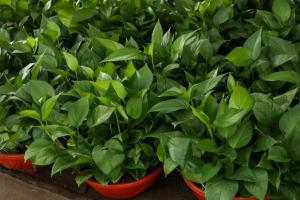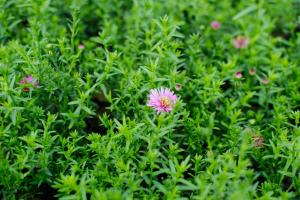Introduction
The Green Belt Movement (GBM) is a non-governmental organization founded by Wangari Maathai in 1977 in Kenya. Its primary goal is to promote sustainable development and environmental conservation through community-led initiatives such as tree-planting projects. This article explores how the GBM tree-planting process works.
Understanding the Need for Tree-Planting
The GBM recognizes the importance of trees in promoting environmental conservation and sustainable development. Trees play a critical role in regulating the water cycle, preventing soil erosion, and mitigating the effects of climate change by absorbing carbon dioxide from the atmosphere. Additionally, the GBM notes that trees provide essential resources such as firewood, timber, and fruits that are critical for the livelihoods of local communities.
Partner Identification and Engagement
The GBM works with various partners, including government agencies, private sector organizations, community groups, and individuals, to identify potential tree-planting sites. The organization carries out extensive community mobilization campaigns to educate local communities on the importance of tree planting and recruit volunteers to participate in the program. GBM engages in inclusive partnerships, and works towards ensuring that local communities have ownership of the initiative.
Tree Nursery Establishment
Before the actual tree-planting process begins, the GBM establishes tree nurseries in various sites. These nurseries provide seedlings for the tree-planting exercises. The organization works with local communities to identify suitable locations for the nurseries, provide technical know-how in tree nursery establishment, and supply the necessary materials such as seedlings, polythene bags, and tools for tree-care. The GBM ensures that the seedlings are grown from certified, indigenous species that are adapted to the local environment conditions.
Site Preparation
Before the tree-planting exercise begins, site preparation is necessary to ensure the successful establishment of the seedlings. The GBM provides guidelines to local communities on how to prepare the planting site, which includes removing any weeds, loosening the soil, digging holes for seedlings, and applying organic matter such as compost to improve soil fertility. The organization ensures that the communities are well-equipped with the tools and knowledge needed to perform these activities effectively.
Seedling Planting and Maintenance
Seedling planting is the core activity of the tree-planting exercise. The GBM ensures that the seedlings are properly transported to the planting sites, planted appropriately at the right depth and spacing, and provided with the necessary nutrients and care such as watering and mulching.? The organization encourages volunteers to participate in the process, creating a sense of ownership and sustainability of the tree-planting initiative. Regular monitoring and maintaining of the trees is crucial to ensure their survival and growth into mature trees.
Collaboration with Local Communities
The GBM recognizes the importance of community empowerment in ensuring the sustainability of tree-planting initiatives. The organization works with local communities to develop strategies to maintain and care for the trees, including training on tree-care techniques, establishing community forest management committees, and income-generating activities around the forests. The GBM also conducts regular follow-up and monitoring visits to assess the progress of the tree-planting process and build relationships with the communities.
Conclusion
The Green Belt Movement's tree-planting process is a collaborative effort that involves the participation of local communities, various partners, and the organization itself. Through its engagement in inclusive partnerships, GBM creates a sense of ownership and sustainability of the project, ultimately contributing to environmental conservation and sustainable development of local communities.

 how many times do yo...
how many times do yo... how many planted tre...
how many planted tre... how many pine trees ...
how many pine trees ... how many pecan trees...
how many pecan trees... how many plants comp...
how many plants comp... how many plants can ...
how many plants can ... how many plants and ...
how many plants and ... how many pepper plan...
how many pepper plan...































